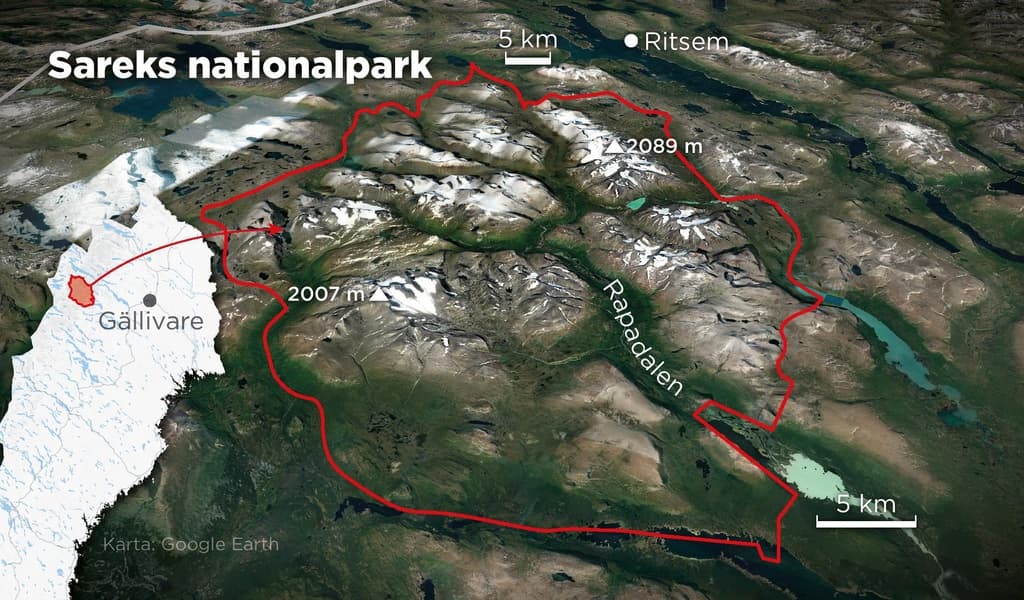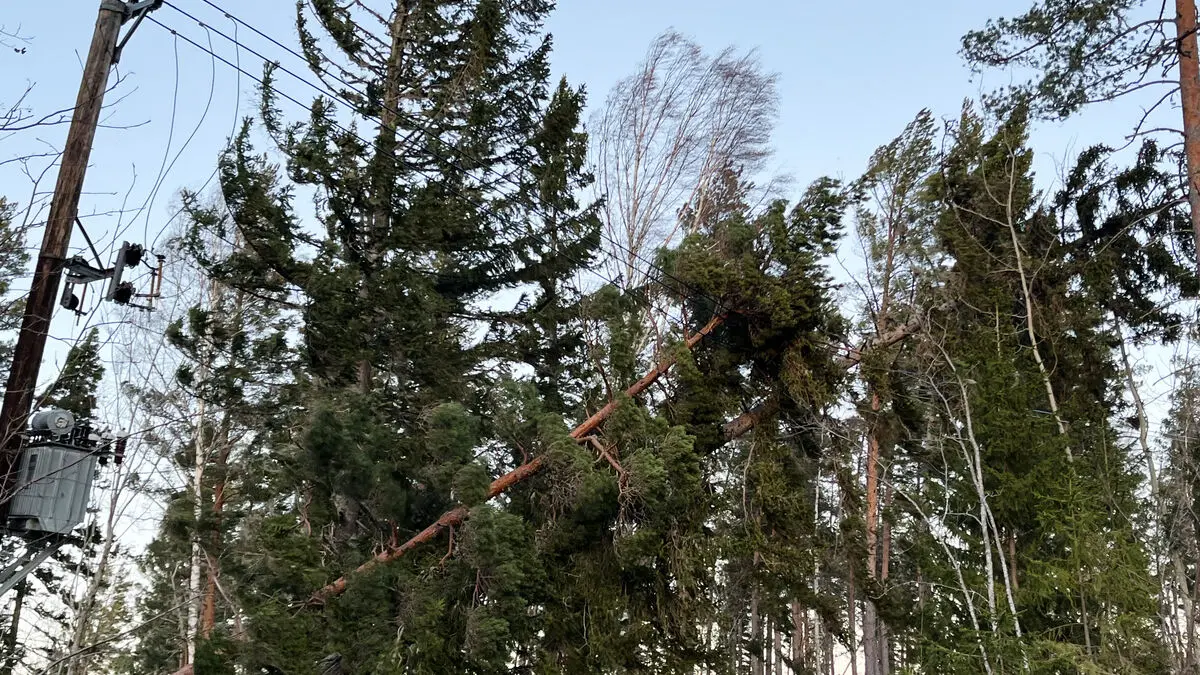Two people went hiking in Sarek last week and were searched for from Wednesday as missing before they could contact the outside world on Thursday afternoon.
The national park consists of an enormous wilderness area, with tough mountain terrain and over 2,000-meter-high peaks and nearly a hundred glaciers, divided into different mountain ranges. Between them lie large valleys that connect the landscape.
The alpine mountain rescuer Mats Bergsten has himself hiked in Sarek, but also been there on sharp missions and exercises.
It's completely fantastic, most of it is completely untouched. You're out and experiencing the mountain world for real, that's the charm of Sarek.
High demands on the hiker
Hiking in Sarek places demands on the visitor, you must be able to read the terrain.
There are only a few bridges over certain watercourses and no marked trails or paths to follow. What exists are animal tracks, mainly reindeer tracks. Years of hiking between grazing lands have etched the reindeer's path into the landscape.
For the most part, you have to wade over streams and watercourses. You need to be used to moving outside of marked trails, be able to navigate yourself and find good places to wade where it's not too deep or too fast, says Bergsten.
It's not as common to hike in Sarek as, for example, around the King's Trail, according to Bergsten. If you're going to hike in the national park, you have to bring all your equipment yourself. There are no cabins and nowhere to refill provisions.
The only thing you can find there is water and maybe some berries. So most people who hike in Sarek are well-prepared.
It's not common to get lost here, but it does happen, of course.
Weather plays a role
A lot has to do with the weather. If it gets foggy or bad weather, you can get poor visibility and it becomes difficult to navigate and you can go astray. And without trails to follow and search along, it's hard to find lost hikers and you search primarily from a helicopter.
Outdoor clothes often have the same colors as nature: gray, green, white, black, and brown. But colorful clothes, a colorful tent, or something else that stands out from the colors around are great if you want to be found, according to Bergsten.
If they're not moving or wearing colorful clothes, it's very hard to see people, he says.
The most important thing is, however, to tell someone how you plan to go and leave a travel description with someone who is not on the hike, as well as tell when you're expected to return.
The national park is 1,970 square kilometers large and is located in the Jokkmokk municipality in Lapland.
In 1909, the first national parks in Sweden were established, and Sarek national park was one of them.
It's one of the few national parks in Sweden where there are no amenities for visitors.
Sarek national park is part of the world heritage site Laponia.
Here, the Sami people have lived and followed the reindeer's migrations since ancient times. In 2013, the Sami people regained the right to reindeer herding in the entire national park.
Source: sverigesnationalparker.se





